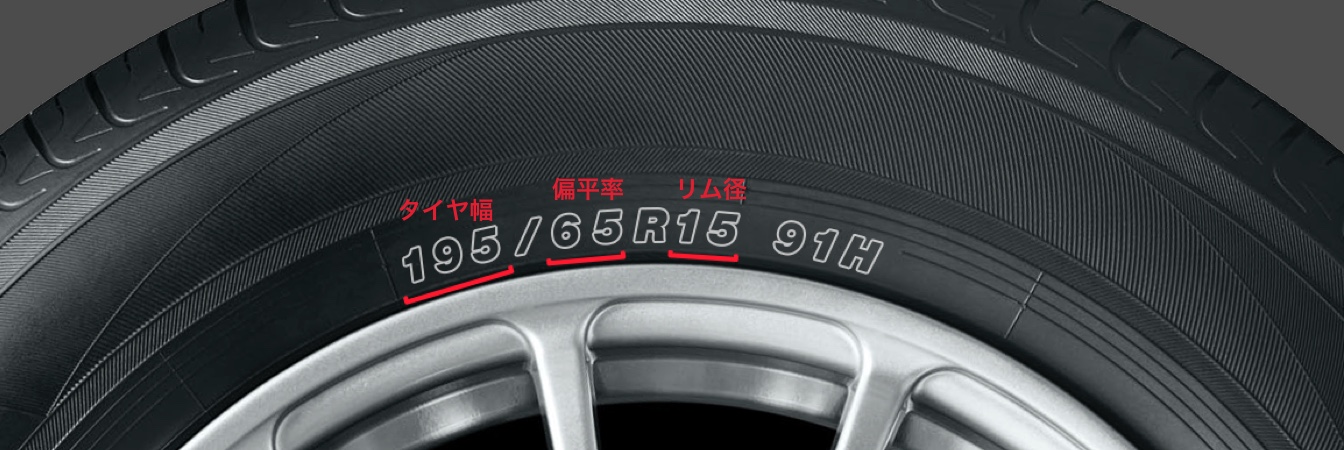Yokohama India - For Your Comfort& Safety
Tire inflation
・Tire inflation should be done in a safety cage.
・Never inflate beyond 275kPa (2.75bar, 40psi) to seat beads.
・Tire performance may decline when foreign objects or water enter the tire. Before mounting a tire, inspect and remove any foreign objects and water inside of it.
・Periodically drain water from the compressor, otherwise the water may be transferred to the inside of the tire.
・Before inflating air and attaching the valve cap, make sure that no air is leaking from the valve core, the tire fits properly on its rim and no air is leaking from around the valve.
Tire damage
Never use a tire under the following conditions and replace tires immediately:
・If the tread is worn down to the tread wear indicator
・If breaks in the fabric appear
・If cords or wires are exposed
Point to note when choosing a tire
・Outer diameter of the wheel should be the same as the inner diameter of the tire.
Inspect for foreign objects and damage
・Stones, gravel and other foreign objects stuck in the tire treads may damage the tire. Remove foreign objects from the tire treads.
・Such objects and obstacles in the road as potholes, glass, metal, rocks, wood debris, and kerbstones which could damage a tire should be safely avoided.
Break-in period
・Make sure to break new tires in by driving under 80km/h for no less than 100km in the case of summer tires.
Points to note regarding tire/rim attachment
・Adjust wheel balance to prevent abnormal vibration and uneven wear.
・Mount tires according to the rotation direction specified on the sidewall as indicated.
・Use a torque wrench to fasten wheel nuts to the specified torque. When using an impact wrench, do not tighten the nuts too tightly. Check with a torque wrench.
・After attaching the wheels to the vehicle and traveling 50-100km, refasten the wheel nuts to the specified torque.
・Make sure the tire is not touching the vehicle body when you attach it.
・Never mount a tire on a rim that is damaged or which has been repaired by welding or brazing.
・Do not mix different tire size designations or constructions on the same axle, except for limited use of temporary spare tires.
・Tires should be mounted only by professionally trained persons.trained persons.
Important notes on air pressure
・Make sure to follow instructions in the car owner’s manual or on the vehicle tire information placard in the car to maintain proper tire pressure, particularly for driving on highways and carrying heavy loads.
・Never bleed or reduce air pressure when tires are hot from driving.
・Over- or under-inflation is dangerous and could lead to accidents or tire damage.
・Check tire (including spare tire) inflation pressure at least once a month and before ever long trip.
Wear limit
・Tire use should be discontinued once the remaining tread depth reaches 1.6mm, as shown by the tread wear indicator, Change to new tires before this happens.
Tread Wear Indicator

On the sidewall show the tread groove position of the “tread wear indicators”, and these “tread wear indicators” Indicate that 1.6mm of tread depth remain at which time tire should be replaced.
Important points for safe driving
・To enhance traffic safety and extend tire life, YOKOHAMA recommends driving safely and avoiding unnecessarily hard acceleration, braking or cornering.
・If you feel that the car is unstable or making any unusual noises or vibrations, stop the car in a safe place and inspect its tires. Even if no visible defects are found, drive slowly and ask your tire dealer to inspect the tires as soon as possible.
・To enhance traffic safety, YOKOHAMA recommends driving substantially slower under adverse weather or road conditions.
・When inspecting the tires, also check for degradation and cracks in the valve. Be sure that the valve cap has been fastened properly.
How to store tires

Direct sunlight or rain may cause a change in color or cracking, etc.
Storing tires outside where they are exposed to direct sunlight or rain accelerates rubber degradation.
・Keep tires under cover to ensure water does not get inside tires.
・Do not keep tires in places where they are likely to come in contact with oil or water as well as be damaged or change shape.
・Do not keep tires near generators or batteries.
・Do not store tires over long periods since materials within tires become more likely to be discharged and stain the ground.
Wheel alignment
・In the event of a problem with the suspension system of a vehicle, driving stability may be compromised and the tires may wear abnormally. Please check and adjust wheel alignment to make sure it is correct.


